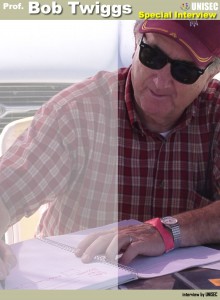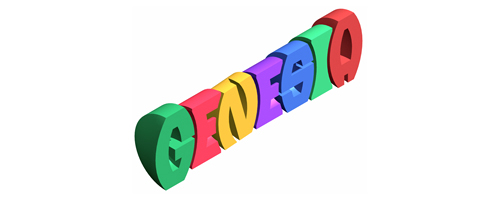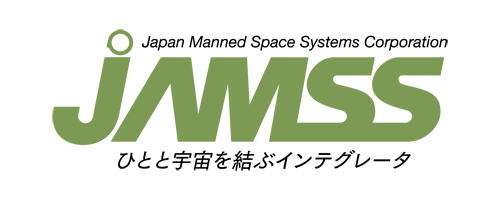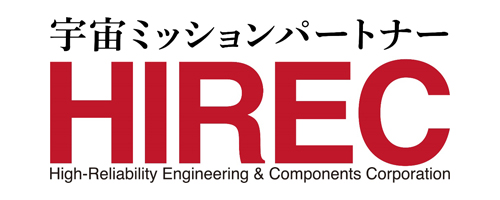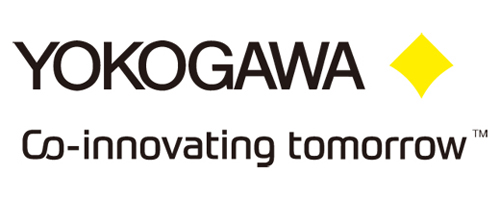On June 30, 2003, the first Japanese CubeSats were launched from Plesetsk, Russia.
Followed by their successful launch and operations, we focus on the origin of the world-wide “CubeSat” project.
We are happy to introduce the interview of Professor Bob Twiggs at Stanford University, the founder of “CubeSat” project, about the successful Japanese CubeSats and his future visions.
Professor. Bob Twiggs Space Systems Development Laboratory, Stanford
The founder of student satellite projects including CanSat and CubeSat
Q.Why did you establish the world-wide cube sat project?
It was in our best interest to have many universities participating in the development work we were doing with our students. This would provide a demand for launch services that when coordinated would bring enough funding that would be of interest to launch providers.
It was also of interest to us to set up a collaborative university program where students could share their research and achievements on a global basis
Q. How do you see the successful launch and operations of the two Japanese CubeSats?
The success of the two Japanese CubeSats is a premier example of what we had hoped the CubeSat program would bring. The University of Tokyo and Tokyo Inst. of Tech, have been eagerly sharing the information that they have learned in the flight of their CubeSats such as thermal performance which if valuable design information for all of us.
Q. What is the most important key for conducting a student satellite project?
Our major objective in having these projects is to teach systems engineering and give students relative industry experience before graduation. I believe the key from the student’s prospective is to have a ‘real’ project that will go into space. Working with something associated with space is still an exciting opportunity for students and most engineers.
Q. What kind of advice do you give to students when they have a hard time with technical developments?
Students should realize that having hard technical problems on this university project is no different than they will encounter when the go into industry. If all of the technical problems were easy, it would not present the challenges that they now face and the satisfaction gained in solving these problems. They may need to consult all of the possible resources to solve these problems such as government and industry engineers. When working on projects in a university, the work that the students do, is of no threat to government and industry research organizations because the universities are not competitors. This then allows the students, in most cases, to have a free exchange of information. This is not possible once the students are working in industry because then there is the proprietary competition.
Q. What is the competitive edge of satellite developments at Stanford?
I don’t believe we have a competitive edge. The work that the Japanese universities are doing is extemporary. That is proven by the success of the CubeSats from University of Tokyo and Tokyo Institute of technology. The success of the universities is more dependent upon the guidance of the program from the faculty advisor. Success in orbit is better achieved if the complexity of the CubeSat is kept simple.
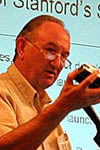
Q. What do you think is the special recipe with which a student satellite project leap?
I believe there are two factors. The first challenge and excitement about doing space projects. The second is having a student managed project. When the students are allowed to have autonomy in their work, most tend to really excel. Also because the students do not have a lot of experience they tend to be more innovative.
Q. What do you think makes the Japanese and the US student projects successful? And what are obstacles if any?
I believe the advantage that the Japanese and US students may have over students from other countries is the availability of new technology. The new innovations with wireless communications, low power – high capability micro controllers and new battery technologies are ideally suited for use in CubeSats.
The biggest obstacle that the US faces is launch availability by the US ITAR restriction making it difficult to export CubeSats for launches, ie with the Russians. There is a lot of excess launch capacity on US launch vehicles, but the launch providers do not see any value in using this capacity for secondary payload such as the CubeSats. We continue to work on this issue with the US launch providers.
It is interesting that the Japanese universities do not have the export ITAR problem, but still do not seem to be able to get launches with the Japanese launch providers.
An obstacle that all universities that want to launch CubeSats or a number of small satellites is the debris issue. These small satellites are difficult for the US NORAD debris tracking organization to track in orbit. What is needed is a way to deorbit CubeSats once they have completed their useful life. This is an issue that should be of prime importance to all CubeSat developers. When a CubeSat is in a 650km orbit it can take 25-50 years to deorbit.
There are now two known possible ways of deorbiting CubeSats that have not been tested. The first is with an electrically conducting tether. Dissipating the energy generated in the tether will deorbit the CubeSat. The second is to extend some type of device that has a large surface area such as a balloon or fan type device that significantly increases the atmospheric drag and cause the CubeSat to deorbit in less than one year.
I would expect that there may be a requirement that one of these deorbiting devices would have to be a part of all CubeSats launched in the future.
Important
I believe that one of the aspects about the global CubeSat program that we have tried to promote is the free exchange of design and lessons learned information. We have always encouraged universities doing CubeSats to share what they learn. We have seen this happen not only between universities but also with government and industry aerospace organizations.
If we can encourage this generation of new engineers that get experience from the CubeSat programs to be more globally conscious and sharing information the whole aerospace and space business will benefit.
Q. What do you expect future cube sats?
We believe that the CubeSat programs have the prospect of making a significant change in the space programs globally. We believe that will occur for the following reasons.
- Creation of many new devices and techniques for space – Students, in my opinion, are much more innovative than older more experience engineers when given the opportunity. The CubeSat development environment at Universities is much less restrictive than in government or industry research environments. Students can try and fail with out consequences. Failure is an important part of the learning and innovation process. Government and industry now have a culture that failure in not an acceptable path to success.
If the CubeSat programs continue to grow, I believe that the amount and importance of new low-cost innovations for space from the students will exceed the growth of the output from government and industry space research activities. - Development of new products and use of space – The CubeSat programs brings low-cost access to space to allow experiments in new uses of space. It appears that the active participation of global university programs may be catalyst to space development like the Apple Computer was to the desktop computer business and the Internet is to E-business.
- Promote a new surge of public interest in space – This CubeSat program is very challenging, interesting and motivational for students. This now translates into renewed interest in space for students because they can now be directly involved in space projects. It is also of interest for the student’s parents, siblings and relatives. If you consider that one student would have five to twenty relatives excited about their work in space and in particular following the launch and operation of their CubeSat. Now you can multiply that number by all of the CubeSat students globally. This would be a large number people from both a technical and general public interest have a new or renewed interest in space.
This renewed interest by the public could make space activities as popular as it was during the US Man on the Moon program.
Interview by R.Kawashima and T.Arai, UNISEC

